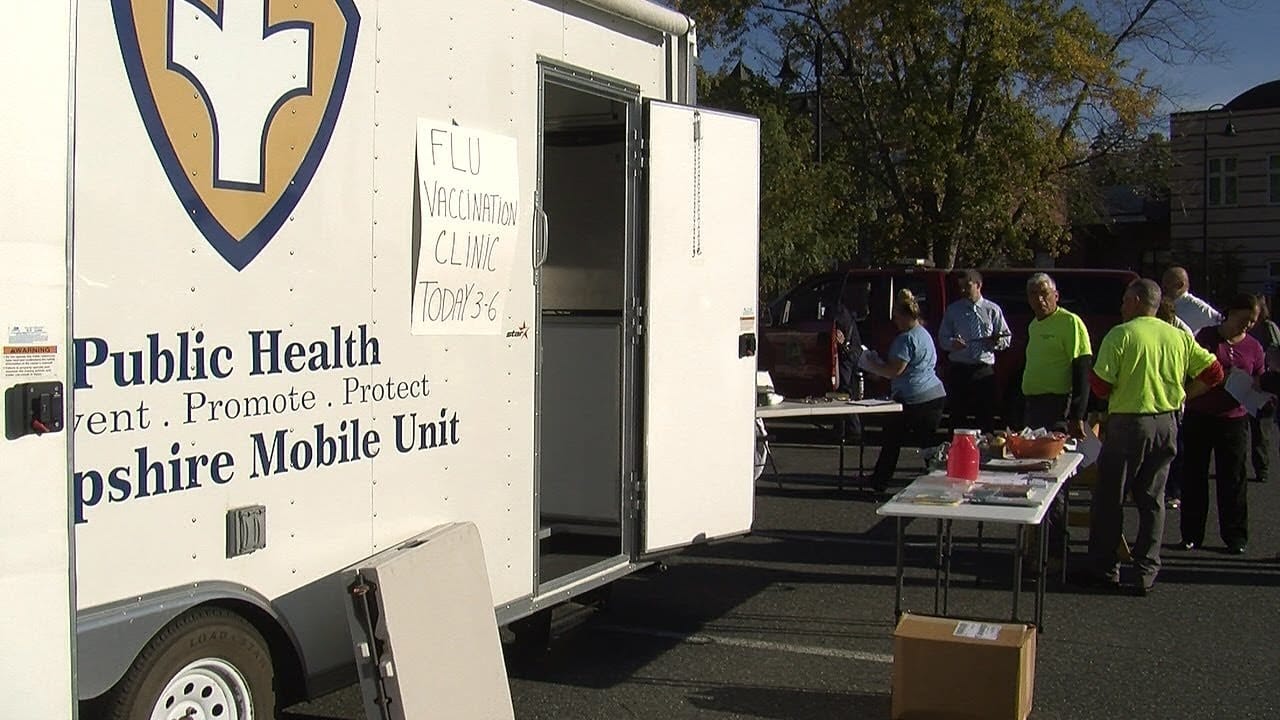The recent hospitalization of a patient in Louisiana due to avian influenza has raised significant public health concerns. This case marks a critical moment as it underscores the potential for bird flu, a virus primarily affecting birds, to infect humans. The patient, whose identity has not been disclosed, reportedly had direct exposure to infected birds prior to showing symptoms. Health officials are actively investigating the circumstances surrounding the infection and are taking measures to monitor and control any potential spread of the virus.
Avian influenza is caused by influenza viruses that primarily affect birds, but certain strains have been known to infect humans, particularly those who have close contact with infected birds. The most common strain associated with human infections is H5N1, although other strains have also been documented. Symptoms in humans can range from mild respiratory illness to severe pneumonia and even death, depending on the strain and the individual’s health status.
In the case of the Louisiana patient, health officials are working to determine the specific strain of the virus involved and the extent of exposure. They are also conducting contact tracing to identify anyone who may have come into contact with the patient or the infected birds. This proactive approach is crucial in preventing further transmission of the virus.
The Centers for Disease Control and Prevention (CDC) has emphasized that while the risk of bird flu spreading from person to person is low, it is not impossible. The agency recommends that individuals who work with birds or are in environments where birds are present take appropriate precautions to minimize their risk of infection. This includes wearing protective gear and following hygiene protocols.
The incident in Louisiana is part of a broader pattern observed in recent years, where outbreaks of avian influenza have been reported in various regions. These outbreaks can have significant implications not only for public health but also for the poultry industry and wildlife populations. Infected birds can transmit the virus to domestic poultry, leading to widespread culling and economic losses for farmers.
In addition to the health risks, the emergence of avian influenza in humans raises questions about the effectiveness of current surveillance systems and response strategies. Public health officials are calling for enhanced monitoring of bird populations, particularly in areas where outbreaks have been reported. This includes increased testing of wild and domestic birds, as well as public awareness campaigns to educate communities about the risks associated with bird flu.
The Louisiana case has prompted discussions among health experts about the need for a coordinated response to address the potential for zoonotic diseases—diseases that can be transmitted from animals to humans. As global travel and trade continue to increase, the risk of such diseases emerging and spreading is heightened. Experts are advocating for stronger international collaboration to share data, resources, and best practices in managing zoonotic diseases.
In conclusion, the hospitalization of a patient in Louisiana due to avian influenza serves as a stark reminder of the interconnectedness of human, animal, and environmental health. As health officials continue to investigate this case, it is imperative for communities to stay informed and take necessary precautions to protect themselves and their families. The situation underscores the importance of vigilance in monitoring emerging infectious diseases and the need for ongoing public health preparedness to respond effectively to potential outbreaks.


